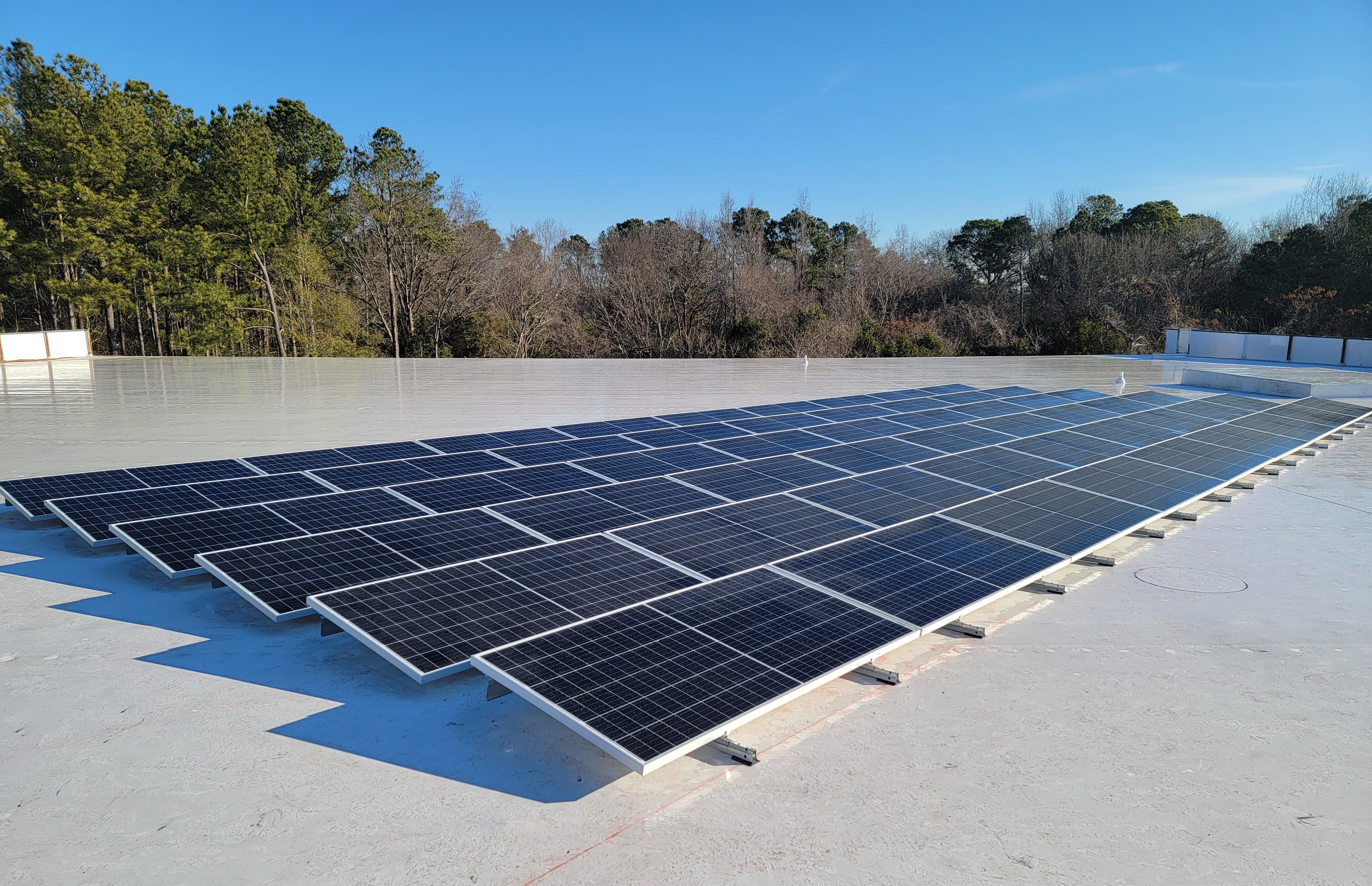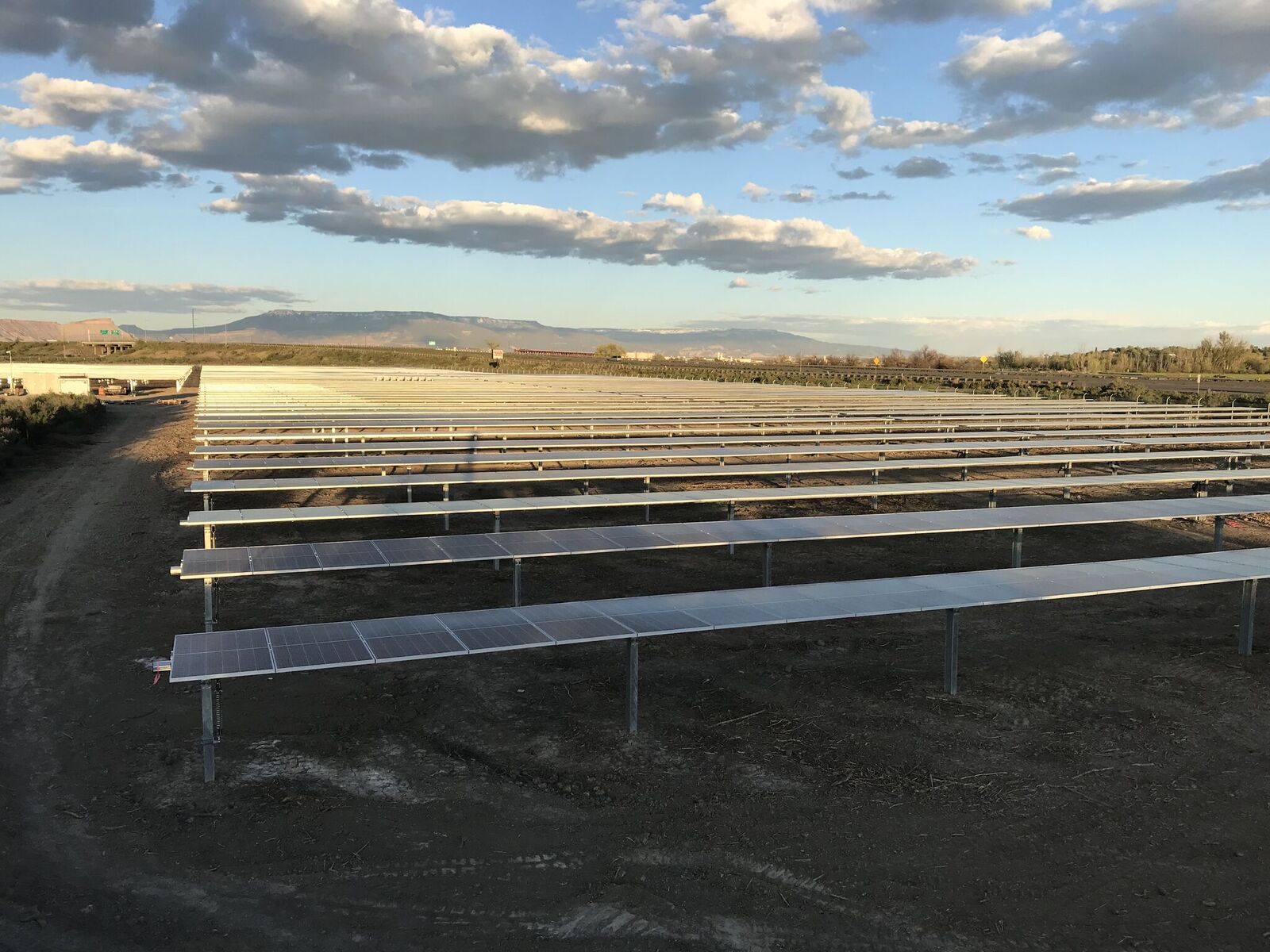Solar Safety 103: Solar Panel Recycling
November 22, 2022

Despite supply chain issues, the solar industry has grown at a rather steady rate, but in order to ensure the long-term health of this crucial market we will need to establish a circular economy. In Q2 2022, the U.S. installed 4.6 gigawatts (GW) of solar PV capacity to reach 130.9 GW of total installed capacity. That’s enough solar panels to power 23 million American homes. It is clear that this “solar tsunami” is far from a passing fad; thanks to the Inflation Reduction Act (IRA), solar installations are expected to increase by a whopping 62 GW, or 40%, over the next five years.
There are already millions of solar panels across the country, and millions more will be safely installed soon. This is truly an incredible victory for both our environment and national energy security, but at the same time, it means that we must collectively facilitate the resale, donation, and recycling of solar equipment. In this blog, we’re going to review the latest standards and best practices for properly recycling your solar panels, such that we can preserve the precious raw materials that make solar panels work and keep them far away from landfills.
Reusing and Donating Solar Panel Equipment
Some used solar equipment can be directly reused or donated, whereas others first need to be refurbished. There are many organizations across the country that will either purchase your used modules or facilitate resale through an online marketplace, giving those components an extended useful life and providing renewable energy to underserved communities.
The secondary solar market is gradually building traction in the United States with companies like EnergyBin facilitating B2B solar communities for equipment repair, resale, and recycling. However, be sure to look into your local resale regulations and requirements before advertising your old equipment. There are many regulatory considerations that must be examined when planning for solar panel resale and reuse, including electrical grid interconnection regulations as well as fire, building, and electrical codes. In any event, solar panels can be reused without being directly connected to the electrical grid by charging electric bikes or perhaps even vehicle charging stations.
It is worth noting that repairing older systems to keep them running is far better than prematurely replacing an entire site, as it helps minimize the possibility of waste. Some providers can now customize modules to replace those damaged in weather events or other such catastrophes.
The Growing Solar Recycling Industry
It is critical that we divert solar panels from landfills to recycle the value of the raw materials that will be necessary to the future well-being of the solar market. According to the International Renewable Energy Agency, by 2030, the cumulative value of raw materials contained within end-of-life panels globally will be worth about $450 million, which is equivalent to the cost of raw materials currently needed to produce about 60 million new panels. Unless we quickly move to ramp up our recycling infrastructure, these valuable assets will be lost. An additional bonus, capturing these raw materials from end-of-life solar panels will create a whole slew of new job opportunities by expanding the recycling industry.
Researchers are actively examining how to commercialize recycling to economically recover most of the components of a solar panel. Although many elements of what is necessary for the solar panel recycling process can be found in the United States, it is not yet happening on a large scale.
The majority of solar panels currently in circulation leverage crystalline-silicon solar technology, which is often constructed with an aluminum frame, glass, copper wiring, polymer layers, a backsheet, silicon solar cells, and a plastic junction box. Many of these components can be recycled. For instance, glass makes up roughly 75 percent of the weight of a solar panel, and glass recycling is already a well-established industry. Other materials, such as the aluminum frame, copper wire, and plastic junction box are also easily recyclable.
Our Approach to Recycling
At Pivot Energy, we work closely with all of our installation subcontractors to formalize recycling best practices during construction. This includes everything from pallet wood to conductors to modules that may have been damaged during transport or construction. While most materials have existing recycling streams, modules do require shipping to the closest facility. We rely on SolarRecycle’s database of recyclers to pre-plan for shipping those damaged modules to the closest facility, and preemptively include that cost in our financial modeling to ensure we're responsibly disposing of all waste during construction.
In the event that a module is damaged during its operational lifetime, we evaluate how to best relocate that panel to a central location. Once full, we ship pallets topped with damaged modules to the nearest recycling facility, which we’ve found to be the most cost-effective way of handling module recycling over time.
Last, but certainly not least, the re-deployment of modules is a key component of our overall recycling strategy. In cases where some percentage of modules on a damaged site are reusable, we partner with organizations like Equitable Solar Solutions (ESS), which works with local nonprofits to install the gently used equipment on other sites. Thus far, we've encountered three instances that resulted in module donations; one in Colorado and two in Florida.
Make a Plan to Recycle Your Solar Equipment
Donating and recycling your solar panel equipment is a crucial step to establishing a circular economy. When in doubt, contact a solar provider, such as Pivot Energy, to ensure that you are following the best practices for protecting our industry and environment. Reach out to learn more about our recommendations for recycling, and to discuss whether or not building a new project is right for you.


